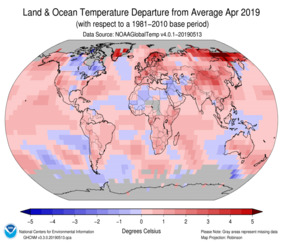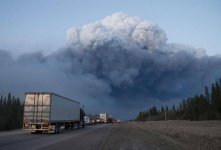
please explain "orbital forcing"
are you now admitting Milankovitch cycles are the main forcing?
and explain in detail what 'orbital' relates to...
also, in your estimation, which cycle contributes the most forcing?
????????????????????????????
Regional widening of tropical overturning:Forced change, natural variability, and recent trends
Key Points:Thelocal tropical edge diagnostic follows spatial hydroclimate variations more closely than does the subtropical ridge.Observed widening, forced widening, and interannual variations each have their own regional signature.The pattern of observed regional widening more closely matches unforced interannual variations than forced regional widening.AbstractThe width of the tropical Hadley circulation (HC) has garnered intense interest in recent decades, owing to the emerging evidence for itsexpansion in observationsand models, and to theanticipated impacts on surface climate in its descending branches. To better clarify the causes and impacts of tropical widening, this workgeneralizesthe zonal mean HC to the regional level by defining meridional overturning cells (RC) using the horizontally divergent wind. The edges of the RC are more closely connected to surface hydroclimate than more traditional metrics of regional tropical width (such as the sea level pressure ridge), or even than the zonal mean HC. Simulations reveal a robust weakening of the RC in response to greenhouse gas increases, along with a widening of the RC in some regions. For example, simulated widening of the zonal mean HC in the Southern Hemisphere appears to arise in large part from regional overturning anomalies over the Eastern Pacific, where there is no clear RC. Unforced interannual variability in the position of the zonal mean HC edge is associated with a more general regional widening. These distinct regional signaturessuggest that the RCs may be well suited for the attribution of observed circulation trends. The spatial pattern of regional meridional overturning trends in reanalyses corresponds more closely to the pattern associated with unforced inter-annual variability than to the pattern associated with CO2 forcing, suggesting a large contribution of natural variability to the recent observed tropical widening trends.
Plain Language Summary
The large-scale tropical wind patterns responsible for the dry desert belts on either side of the tropics appear to be expanding. Most explanations for this widening are based on the tropics as a whole, and do little to address whether the subtropics are widening from one region to the next. This study extends the definition of tropical width –specifically the Hadley cell edge –to the regional level. The regional tropical edge lines up with deserts better than another, more conventional regional indicator. The observed pattern of tropical widening more closely resembles natural changes than human-caused widening during much of the year.
https://sci-hub.tw/https://agupubs.onlinelibrary.wiley.com/doi/abs/10.1029/2018JD030100



 no mention of the SUN
no mention of the SUN 






 ok, oh-wise one.... have a great 'woke' day trichrider
ok, oh-wise one.... have a great 'woke' day trichrider 




